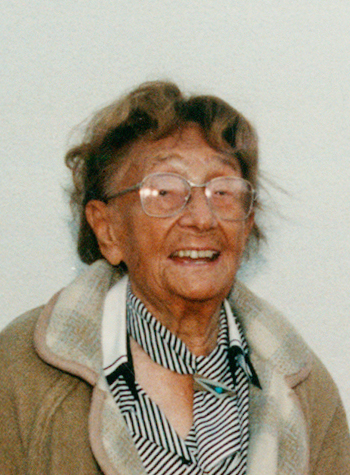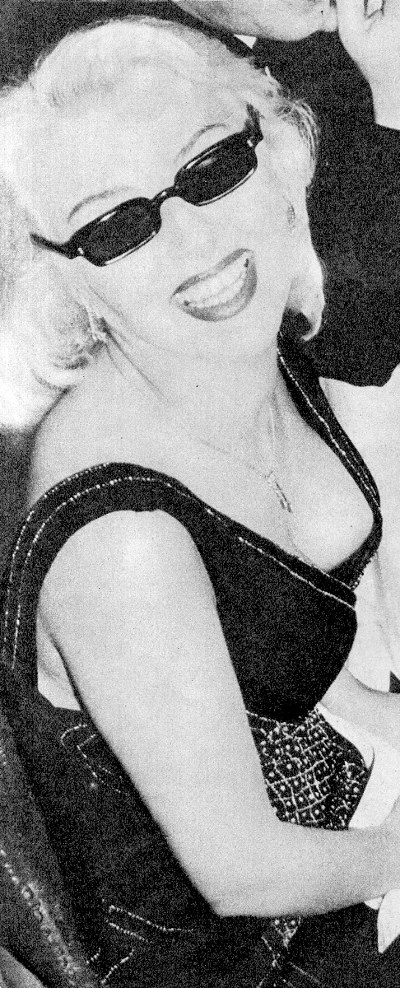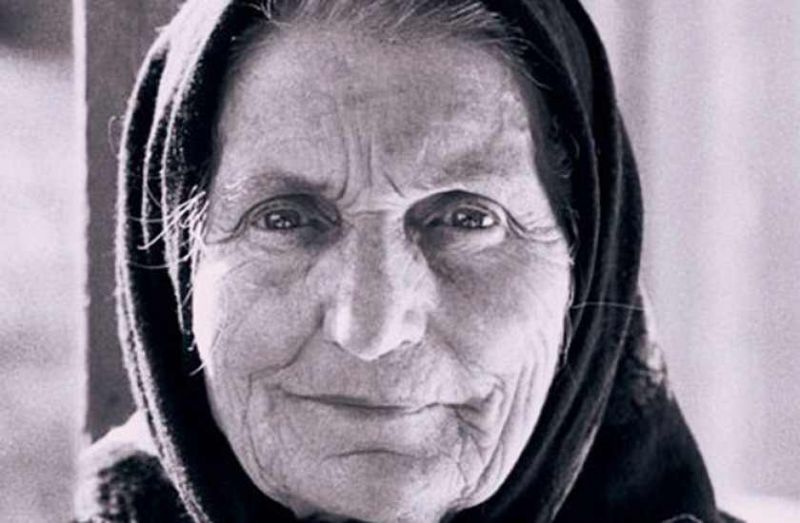
Born in Loulé, Maria José entered the School of Fine Arts to study painting. For family reasons she interrupted her studies and moved to Brazil for 2 years, where she witnessed the birth of the city of Marília, working with the Belgian engineer who directed the work. Influenced by this experience, when she returned to Lisbon she began studying Architecture, where, in 1942, she received the award for „best student in Architecture”.
Thus emerged the first Portuguese woman architect. However, despite being considered the best student, she couldn’t enter the working world because the mentalities of the time couldn’t believe that a woman was capable of making a feasible project. Even in newspapers there were caricatures of her making fun of her professional choice. It was all so difficult that she began to dedicate herself to interior decorating and furniture making. Free of charge, she created a section on these areas in the magazine M&B and taught Drawing and Painting classes at the Linhó Prison. She applied to teach and was a teacher at two High Schools. And at the Odivelas Institute.
She belonged to the board of the National Council for Peace (disarmament department). In 1977 she was elected to the National Council of the Women’s Democratic Movement (WDM), becoming forever linked to the history of the fight for equal rights for women, and remained there as long as her health allowed. She collaborated with the organization on exhibitions related to the political activity of democratic women and participated in the Congresses of the International Democratic Federation of Women (IDFW) in Prague, Finland, and the USSR. She never claimed to be a feminist, but to the cause of women’s emancipation she gave much of her effort, intelligence and sensitivity, which is why the WDM awarded her, in 1992, the Honor of the year. Her name is part of the Toponymy of 3 cities where it is written „Rua Maria José Estanco. Architect and High School Teacher 1905-1999”.




















